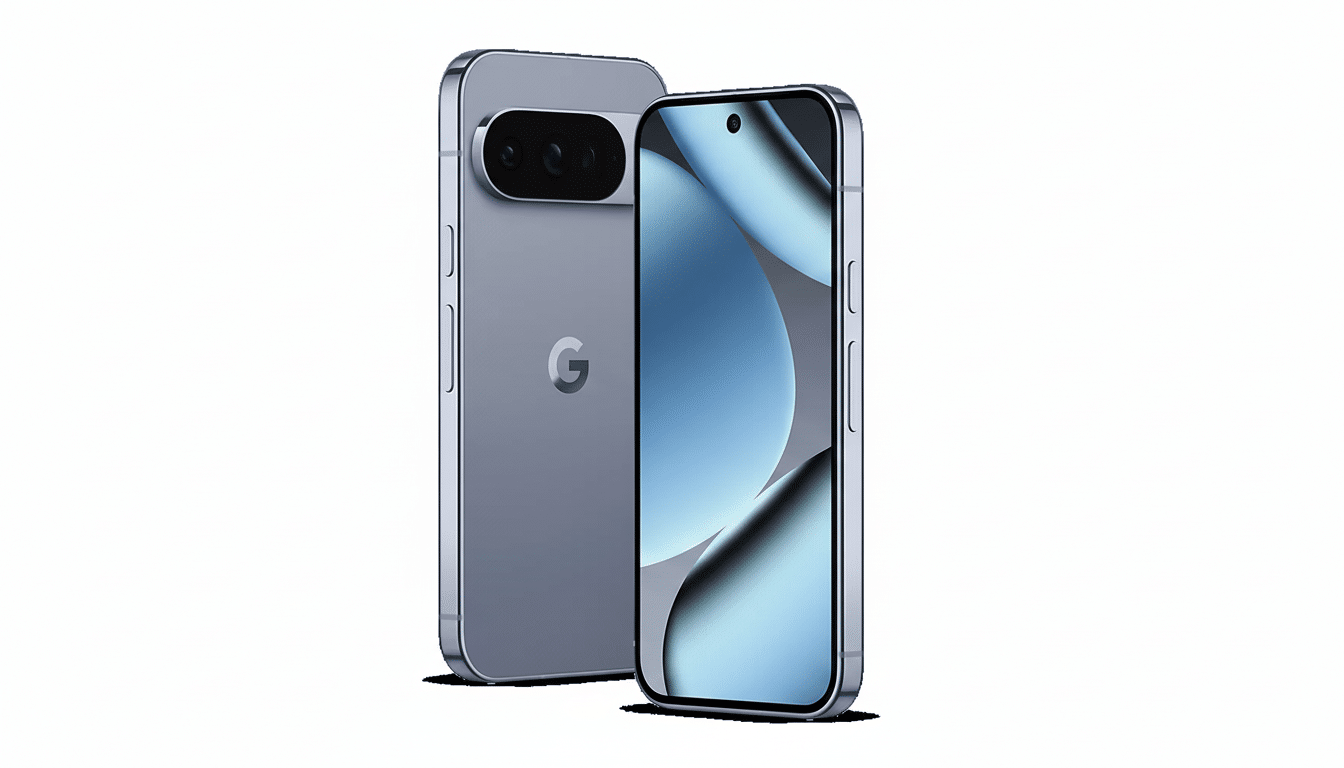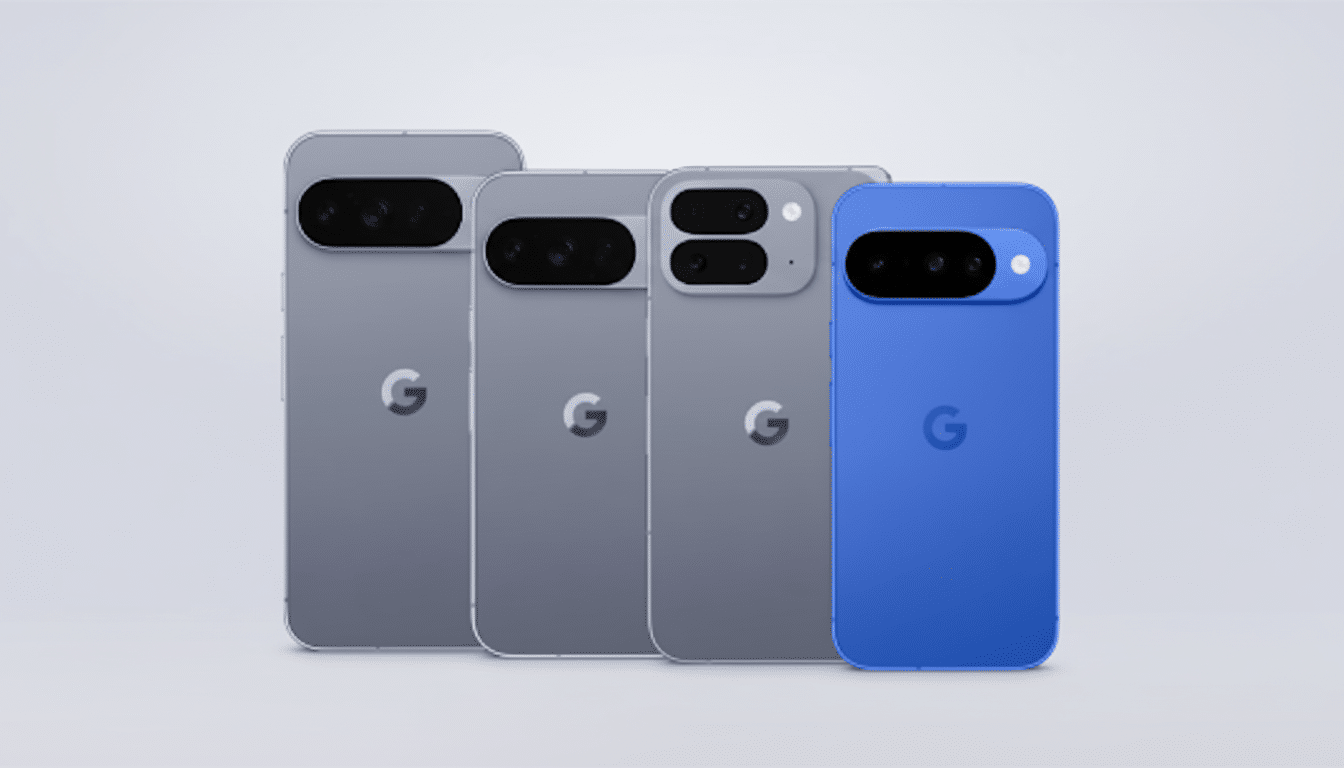If you have only recently upgraded to a Pixel 10, you may want to think twice before setting it down on your reliable old wireless pad. Some have said that older Qi 1.x chargers are charging at a snail’s pace or even failing to charge, whereas newer Qi2 kit is operating as we’d hope. The pattern seems to indicate a compatibility gap caused by the Pixel 10’s transition to the more modern Qi2 standard as well as its magnetic Pixel Snap alignment system.
What’s New in Pixel 10 and Qi2 Wireless Charging Standards
Google’s new Pixel 10 lineup adopts Qi2, the Wireless Power Consortium’s magnetic charging spec that is essentially modeled after Apple MagSafe. Qi2 with 15W is supported by all Pixel 10 models, and the Pixel 10 Pro XL even supports Qi2 up to 25W. It’s a significant jump on paper—neater alignment, better efficiency, and more consistent power—provided the charger in question is Qi2-certified.
- What’s New in Pixel 10 and Qi2 Wireless Charging Standards
- Symptoms Pixel 10 Owners Are Experiencing
- Why Pixel 10 Is Difficult for Many Older Qi Charging Pads
- What to Use Instead for Reliable Pixel 10 Wireless Charging
- How to Check Whether Your Current Charger Supports Qi2
- What Google and the WPC Could Do to Improve Compatibility

The issue comes in where the Pixel 10 series meets legacy Qi 1.x pads and power banks. Instead of a polite handshake for EPP (Extended Power Profile) at around 10–15W, most seem to revert to the plain 5W profile. I’ve also seen users and the online community confirm draws idling closer to 3–5W if decoupled/throttled by heat.
Symptoms Pixel 10 Owners Are Experiencing
- Very slow charging: estimates that go beyond eight hours for a full top-up.
- Intermittent stops: the phone “connects,” then goes silent after a short time.
- Devices and pads get warm: your device enters thermal management mode to help charge the battery.
These findings converge with the process of power negotiation in wireless systems. In cases where an EPP handshake fails or is nonconformant, devices fall back to BPP’s 5W maximum. Factor in typical real-world wireless inefficiency (something like 60–70 percent), and you get closer to 3W of actual power going to your battery, which can amount to six to nine hours of charging, plus pauses for misalignment or overheating.
Why Pixel 10 Is Difficult for Many Older Qi Charging Pads
Wireless Power Consortium documentation indicates that Qi2 codifies magnetic alignment and a 15W baseline, with newer updates supporting higher tiers such as 25W; the Pixel 10 looks to fall in line with that latest handshake. Many older Qi 1.x pads and power banks are tailored to EPP behaviors, sometimes with proprietary extensions. Most Qi chargers based on the 1.x standard allowed a looser handshake timeline. In Pixel 10, that window appears to be shorter: if a charging supply’s controller or firmware fails to negotiate properly with the phone, power delivery is limited for safety and reliability reasons.
Alignment matters too. The magnets in Qi2 center the charging coil to help reduce losses, while older flat pads require the user to jockey around until they find the sweet spot. Miss, and the device gets hotter quicker, requiring cuts to power. Mix in aging hardware, no-longer-updated firmware, soft foreign-object detection, etc., and you have a stew of 3–5W ceilings and signal drop-outs.
What to Use Instead for Reliable Pixel 10 Wireless Charging
- Select Qi2-certified pads and power banks: These come with the official Qi2 logo and a manufacturer’s certification. 15W Qi2 pads now come from major brands, and some make 25W iterations that work with Pixel 10 Pro XL.
- Bring the right wall adapter: Use a good USB-C PD or PPS adapter rated 20–30W or higher to make sure the pad isn’t the bottleneck. Wireless output is often limited by underpowered bricks.
- Take advantage of the magnets: Magnetic alignment dramatically increases both efficiency and stability. If your accessory also follows MagSafe-style rings within the Qi2 family, then your Pixel 10 will snap into line with Pixel Snap.
- When it comes down to a choice, plug in: Google’s wired fast charging is still faster and more dependable than a mis-tuned wireless pad, so use it if you’re trying to top up quickly.
How to Check Whether Your Current Charger Supports Qi2
Flip the pad over and check the label: if it lists Qi2 and 15W (or 25W) output for wireless, you’re golden.

If it says only Qi or “10W/15W fast wireless” and doesn’t mention Qi2, you should expect fallback on the Pixel 10.
You can also look up the model name in the Wireless Power Consortium’s database of certified products to verify status.
If you’re testing at home, look for consistent charging estimates and temperatures—if the phone frequently reports “charging slowly” or keeps disconnecting, that’s a red flag.
What Google and the WPC Could Do to Improve Compatibility
A software adjustment might expand compatibility by fine-tuning how Pixel 10 talks to nonconformant Qi 1.x hardware, but any solution must maintain safety and efficiency. Better consumer messaging could also go a long way—in particular, labels that make clear the separation between Qi2 and legacy Qi fast-charge claims. The WPC has been pressing for more rigorous certification, and increased compliance testing means mismatches should be on the decline.
What’s the point for owners of Pixel 10? There is a simple conclusion: No need to even consider those older Qi pads and power banks. To receive the speeds Google promised and your daily routine demands, invest in Qi2-certified chargers.

